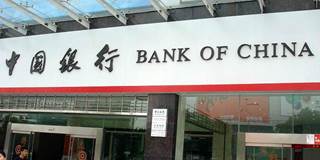
The Perils of Financial Freedom
China’s current leadership is committed to building a more balanced model, and believes that the market must play a “decisive role” in achieving that. But, while stronger market discipline is indeed needed in some areas, Chinese officials should be under no illusion that free markets are a panacea for the financial sector.
LONDON – Back in 2007, China’s then-prime minister, Wen Jiabao, famously described his country’s economy as “unstable, unbalanced, uncoordinated, and unsustainable.” Today, the imbalance remains, with the economy too focused on investment and too dependent on credit.